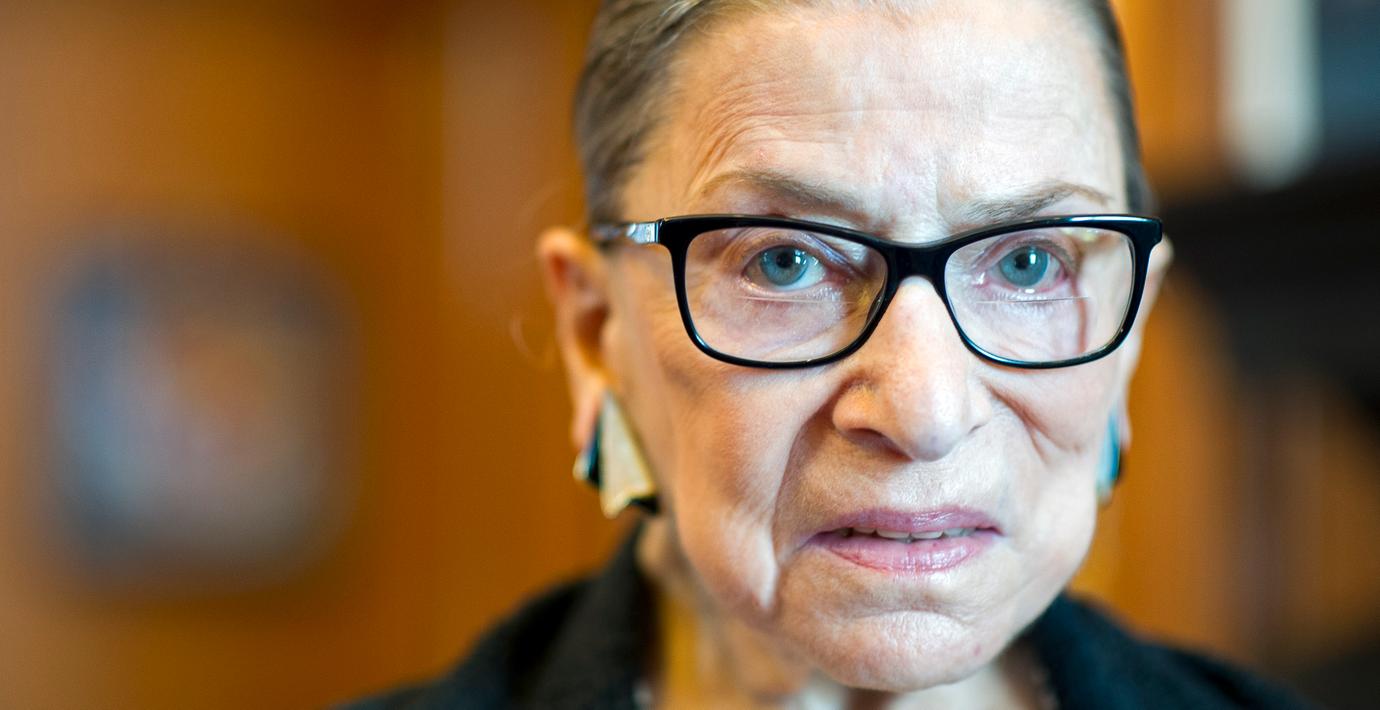bakgrund
Ruth Bader Ginsburg
Wikipedia (en)
Ruth Bader Ginsburg (born Joan Ruth Bader; March 15, 1933) is an Associate Justice of the Supreme Court of the United States. Ginsburg was appointed by President Bill Clinton and took the oath of office on August 10, 1993. She is the second female justice to be confirmed to the Court (after Sandra Day O'Connor), and one of four female justices to be confirmed (with Sonia Sotomayor and Elena Kagan, who are still serving). Following Justice O'Connor's retirement, and prior to Justice Sotomayor joining the Court, Ginsburg was the only female justice on the Supreme Court. During that time, Ginsburg became more forceful with her dissents, noted by legal observers and in popular culture. She is generally viewed as belonging to the liberal wing of the Court. Notable majority opinions Ginsburg has authored include United States v. Virginia, Olmstead v. L.C., and Friends of the Earth Inc. v. Laidlaw Environmental Services, Inc.
Ginsburg was born in Brooklyn, New York to Russian Jewish immigrants. She lost her older sister as a young child as well as her mother, one of her biggest sources of encouragement, shortly before graduating from high school. She was a wife and mother before starting law school at Harvard, where she was one of the few women in her law school class. Ginsburg transferred to Columbia Law School where she graduated tied for first in her class.
Following law school, Ginsburg turned to academia. She was a professor at Rutgers School of Law–Newark and Columbia Law School, teaching civil procedure as one of the few women in her field. Ginsburg spent a considerable part of her legal career as an advocate for the advancement of gender equality and women's rights, winning multiple victories arguing before the Supreme Court. She advocated as a volunteer lawyer for the American Civil Liberties Union and was a member of its board of directors and one of its general counsels in the 1970s. In 1980, President Jimmy Carter appointed her to the U.S. Court of Appeals for the District of Columbia Circuit where she served until her elevation to the Supreme Court.




